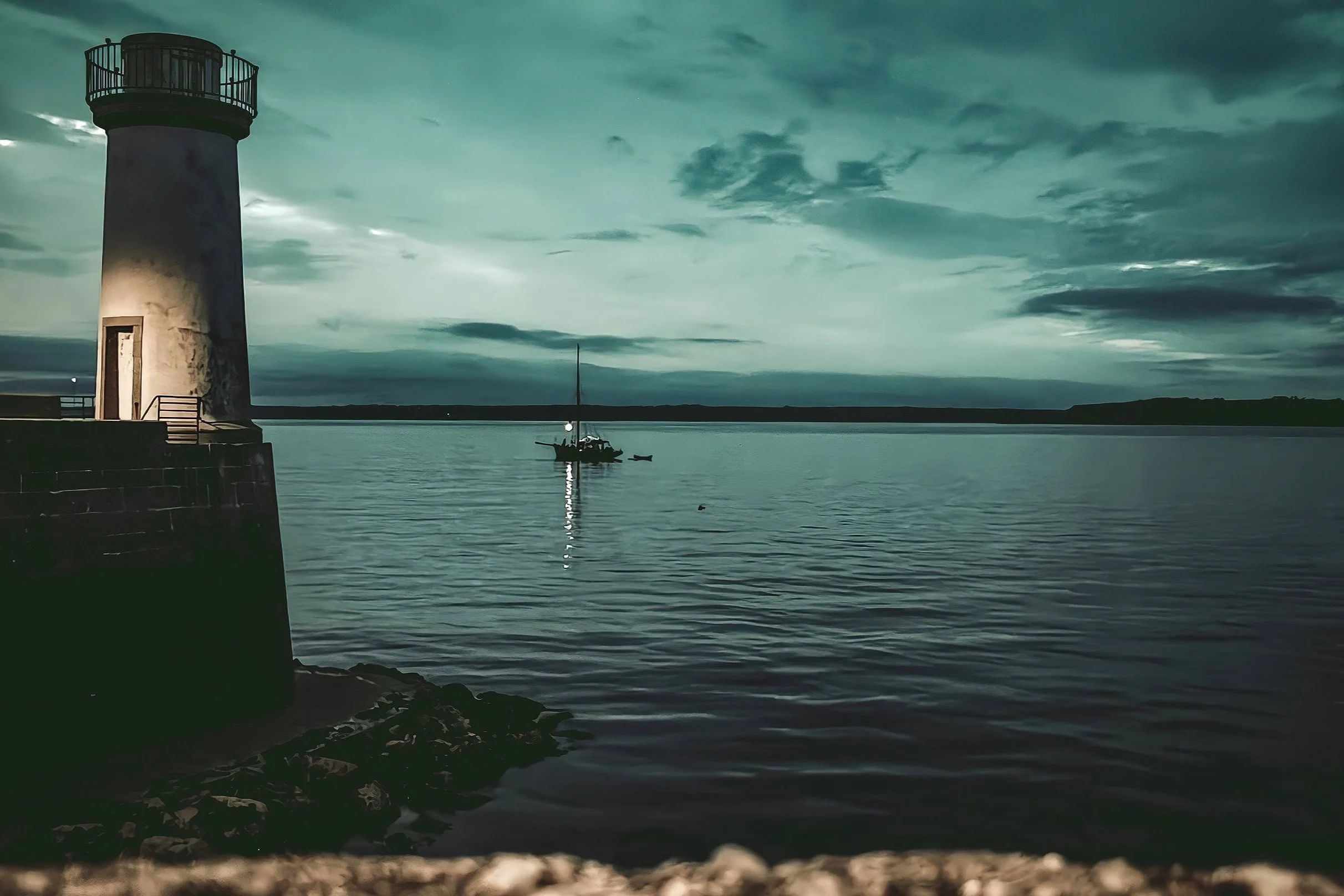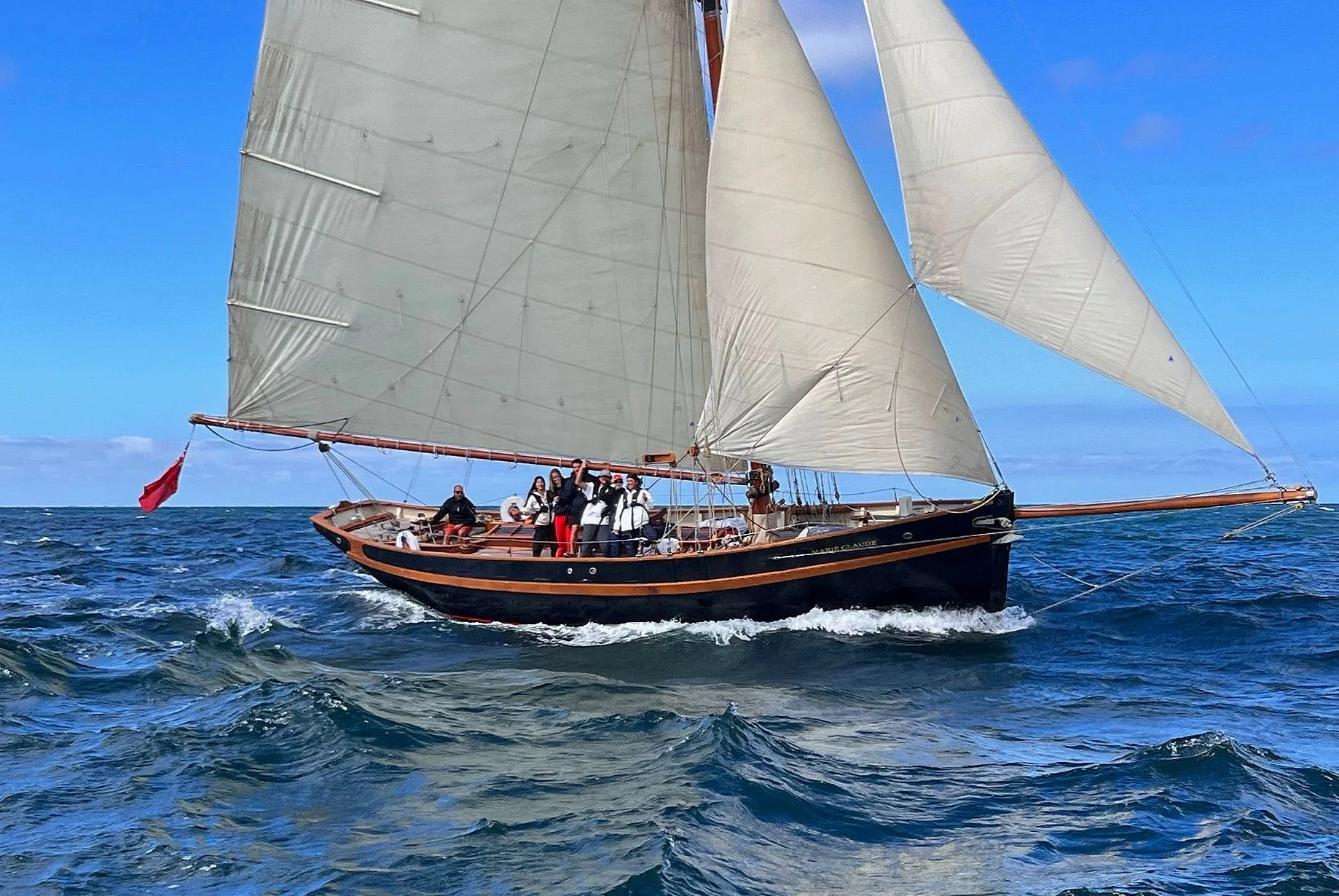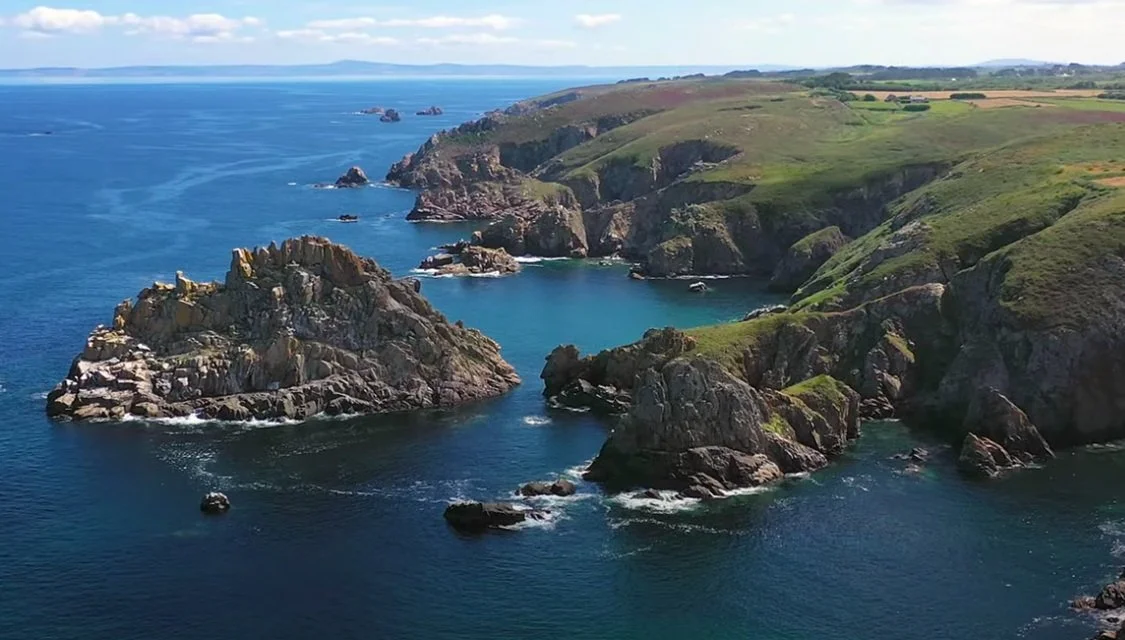We’ve all heard the phrase “learning by doing”—but what happens when teens learn by navigating, leading, cooking, problem-solving, collaborating… and blue-water sailing?
That’s expeditionary learning. And at QBE, it’s not just a teaching method—it’s a life-elevating experience and probably a once-in-a-lifetime opportunity.
What Is Expeditionary Learning, Exactly?
Expeditionary learning puts students in real-world situations where they don’t just absorb information—they apply it, live it, and grow from it.
It’s active, immersive, and occasionally uncomfortable—but in an impactful way.
Instead of passively absorbing information, QBE crew members:
• Learn how to plot actual courses on nautical charts
• Cook for each other to build camaraderie and trust
• Take turns at the helm of a 46ft gaff-rig yacht
• Make daily decisions as part of a working crew
• Collaborate with peers from different countries and cultures
• Explore new environments, languages, and histories firsthand
This isn’t “class trip learning.” This is learning that asks something of you—and never fails to give something back.
Why It Works (and Why It Sticks)
✅ Because it’s predicated on challenges
When teens stretch beyond their comfort zones—physically, emotionally, socially—they build confidence, grit, and self-esteem. Expeditionary learning challenges them in a way that spurs impressive emotional growth.
✅ Because it’s intensively collaborative
There’s no “individual project” in the middle of, say, the English Channel. Every crew member is essential. Whether it’s hoisting sails, cooking for the team, or making sure everything is tidy and in order, students experience shared leadership and real teamwork—not simulated group work.
✅ Because it’s extremely memorable
Teens don’t forget the time they were in charge of bringing their boat alongside a quai, or a night they read the stars to help chart their position. These are the sort of moments that become emblazoned in the memory.
✅ Because it respects their potential
Expeditionary learning helps teens discover they’re capable of meaningful contributions. Afterwards, they consistently rise to meet high expectations. They're not passengers on their learning journey. They're the crew.
What Teens Really Take Away
After a QBE expedition, teens don’t just come home with sea legs. They come home with:
• Increased confidence and independence
• Better decision-making and communication skills
• More resilience and adaptability
• A broader global perspective and higher cultural IQ
• A deeper connection to the natural world
• Real-world leadership experience
These aren’t just nice extras. They’re requisite life skills that prepare them for university, careers, and relationships—far more than any test prep ever could.
Expeditionary Learning Is More Than a Method—It’s Now a Movement
Top schools and universities around the world now integrate expeditionary learning into their curriculum, and for good reason:
• It works
• It transforms
• It’s not ever forgotten
And at QBE, we don’t just believe in the transformative power of expeditionary learning—our entire model is predicated on it.







